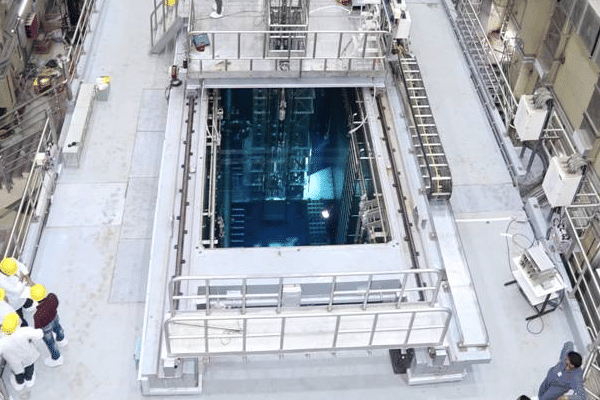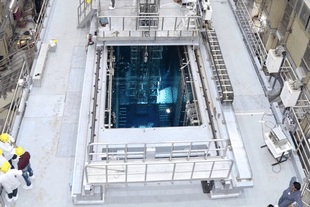Insta
Apsara-Upgraded: India’s Radioisotope Production To Get A Boost As Asia’s First Research Reactor Is Re-Operationalised
Swarajya Staff
Sep 12, 2018, 06:01 PM | Updated 06:01 PM IST
Save & read from anywhere!
Bookmark stories for easy access on any device or the Swarajya app.


Dr Homi Bhabha used to stress on the fact that research reactors are the backbone for any nuclear programme. ‘Apsara’, located in the Trombay campus of Bhabha Atomic Research Centre, was the first ever research reactor to become operational in Asia in August 1956 . After running for over 50 years, the reactor shut its eyes in 2009.
However, sixty-two years after coming into being, it has now seen an upgrade to a bigger capacity. As of September 10, 2018, Apsara has seen a new version of itself. The reactor, which is an indigenous uses plate-type dispersion fuel elements made of Low Enriched Uranium (LEU).
In the press release drafted by Press Information Bureau of India, it says that by virtue of higher neutron flux, this reactor will increase indigenous production of radio-isotopes for medical applications by about 50 per cent and would also be extensively used for research in nuclear physics, material science, and radiation shielding.
This has given a boost to Indian scientists and engineers to build complex and improved facilities for health care, science education, and research.





